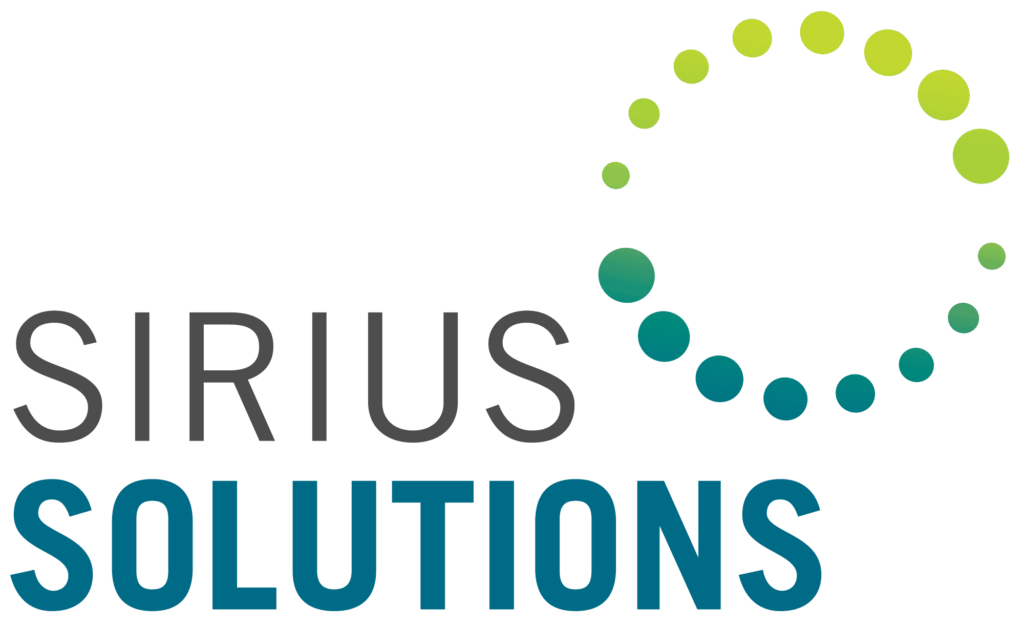Adapting to Changes in Auditing During COVID-19
In the last few years, as internal auditors, we have had to adopt new technologies and innovations. Adapting to change is part of our asserted strategy and capabilities – learning new tricks and new tools. However, this year posed an entirely different set of challenges as we have had to re-work our processes and systems in the post-COVID environment. While clients hire us for internal audit work, we now realize that our value of being good partners goes beyond implementing audit processes towards aligning ourselves for the wellbeing of everyone in the audit cycle. Internal audit work, historically, has required us to be present at client locations physically and with auditors. With the current pandemic, that is proving to be difficult. We have taken the responsibility of promoting safety for us, our clients, and external auditors as a core value. With that in mind, we created processes and structures to create optimal internal audit procedures that improve quality, increase efficiency by enabling virtual work environments, and drive collaboration.
Given new demands from external auditors, our job, too, has fundamentally shifted to create a combination of physical and virtual work. Any company that has inventory and will have an audit will need to engage with internal auditors. With over twenty years in this space, we draw from our experience, lists and templates, and an intuitive understanding of software systems and people. First, we created a master list of tasks. Second, we categorized each component of the list to determine what jobs need physical presence and collaboration and what tasks can be delivered remotely. We were able to minimize our time at the office by over 70%. Our new processes have set renewed standards and will sustain beyond the pandemic. In one recent engagement, once we received an RFI from auditors, we were able to organize our material and deliverables before the auditors arrived in Houston. The auditors spent 2 days with us and will return to Houston in February. Between now and then, all audit work will be managed via a cloud-based portal. Re-creating workflows, especially under strict timeline pressures, can be challenging. However, our attitude has been to create digital, virtual, and improved processes that drive efficiency and safety.
When designing processes for safety, it is easy to overlook the simple things. An additional step we took is that we set up safety-related meetings on a weekly basis to keep a pulse on auditors, pandemic updates, and new requirements around auditing. During these weekly safety meetings, we found it imperative to implement change management and improvement measures. We implemented strict rules, which evolved week-to-week for the entire audit team – such as wearing masks in common areas, managing conference room mandates on the number people allowed, social distancing requirements, monitoring people entering or leaving conference rooms, separating work environments for isolated groups, or creating a quarantined work area for external auditors. Safety begins with getting the small things right – and we understand that processes and measures are key to implementing a safe audit environment.
The safety-first approach is neither new nor groundbreaking, but as we have learned, it is the most efficient way of handling internal audits. As internal auditors, we take pride in showcasing our commitment to our clients beyond the scope of work outlined. The trick to being successful in this space is to plan, plan, and plan some more. An audit can be delivered, managed, and made more efficient post-COVID.
Claudine Bhandari, Senior Consultant
and Rakhee Das, Chief Strategy Officer – Sirius Solutions
If you would like further information about Auditing support, please complete the form below.
Error: Contact form not found.
